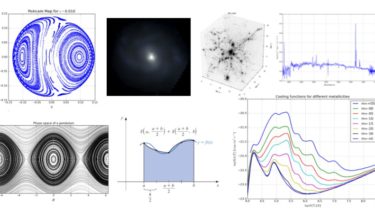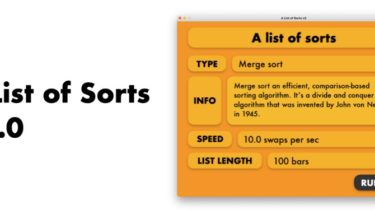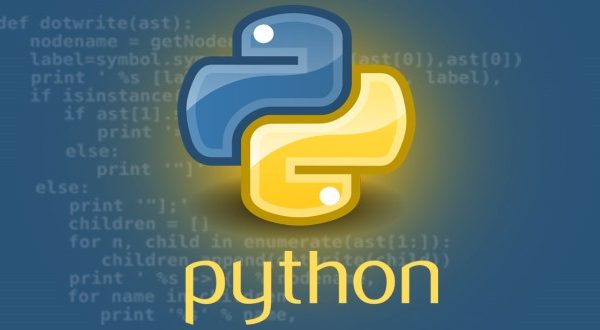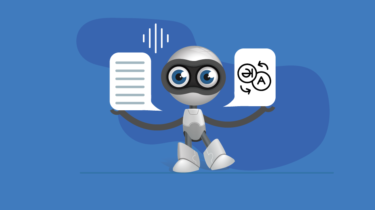Computational Methods for Physics & Astronomy
ComputationalMethods Computational Methods Course at UdeA. by: Sebastian Bustamante 2014/2015 Diego Restrepo ** 2017/… This course is intended for students of Astronomy and Physics at the Universidad de Antioquia and will cover some numerical methods commonly used in science and specially in astronomy. These topics will be addressed from a formal context but also keeping a practical and computational approach, illustrating many useful applications in problems of physics and astronomy. The practical component will be almost entirely developed in Python […]
Read more






